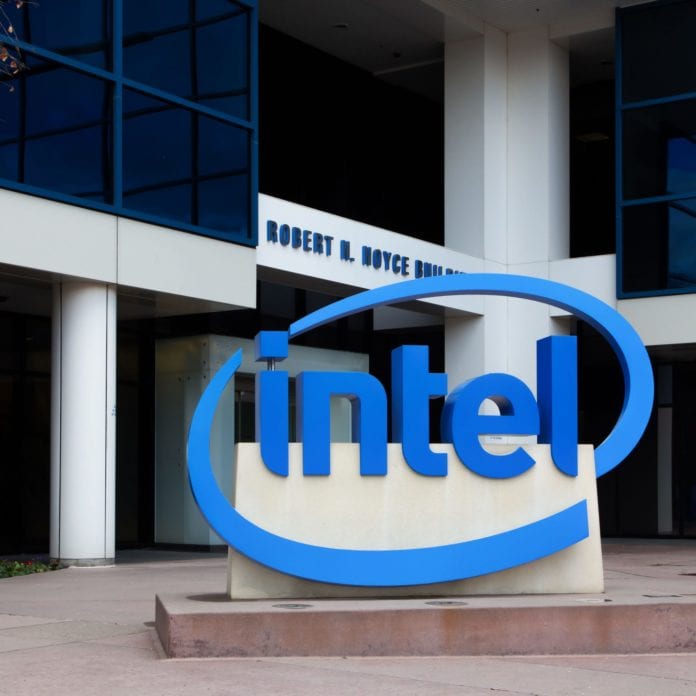Who will Intel tap as next CEO? The next CEO has to continue the company’s 5G and IoT push.
Now that journalists and analysts have weighed in on the angles of former Intel CEO Brian Krzanich’s departure, a couple of themes have emerged.
Although it is natural to be somewhat mesmerized by a cringe-worthy human story, Krzanich’s performance as CEO was also an issue. His violation of company policy by having an affair at work, albeit before he was CEO, is seen as proof that he’s not the right person to run the Intel ship — at least not for this day and age.
Analysts are saying that Intel’s board of directors may have seen his performance as the issue and used this opportunity to change the CEO and, perhaps, the company’s direction.
Rob Enderle, principal analyst for Enderle Group, told the Silicon Business Journal that he thought the policy violation was “the straw that broke the camel’s back.” Published reports cited a number of issues with Krzanich’s leadership, from Intel’s slipping position in manufacturing compared to TSMC, to mishandling of the major chip flaws — Spectre and Meltdown — in which he sold stock before the news of the flaws became public.
Really, why should a telecom audience care? What has Intel done for you lately?
Intel, of course, has been pushing the Internet of Things before it became a household name — IoT is a chief 5G use case. Intel is in network and data center equipment and is positioning its chips for 5G. Intel has appeared in 5G demos to show use cases in action. In May, for instance, Australian gamers played against each other in real time over 5G wireless at Telstra’s 5G Innovation Centre in Australia’s Gold Coast, using Ericsson and Intel kits over mmWave spectrum. Also, Intel was part of the project to add 5G to the seventh hole of U.S. Open in a collaboration among FOX Sports, AT&T, and Ericsson.
Intel’s 5G modem chip combines mmWave and sub-6 GHz RFICs. And company’s 5G network reference architecture with an Xeon or Atom-based vitualization platform uses Intel’s processors and FPGAs (field programmable gate arrays). Intel acquired Altera, the FPGA pioneer, in 2015. The FPGA is a flexible chip that can be reprogrammed — often used in prototyping.
Whomever becomes CEO will need to push these 5G products forward.
Here are some names journalists and analysts are throwing around as potentially filling the CEO spot at Intel (not surprisingly, given the company’s recent focus on diversifying its workforce, many are women):
- Diane Bryant, Google Cloud COO (former Intel exec)
- Renee James – she was Krzanich’s rival at Intel for the CEO job. She left Intel to become CEO of Ampere Computing. (Although, some press reports noticed a recycled chip being passed off as new.)
- Diane Greene, Google Cloud CEO
- Pat Gelsinger, VMWare CEO
- Donald J. MacDonald, chief marketing officer at MX Technologies Inc. (former Intel CMO)
- Justin Rattner, former Intel CTO

